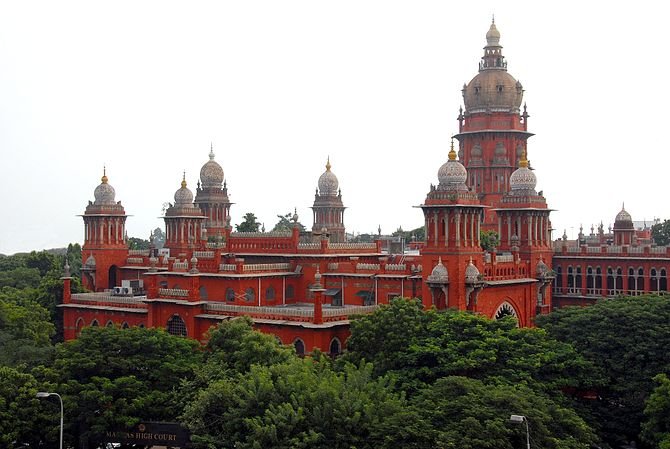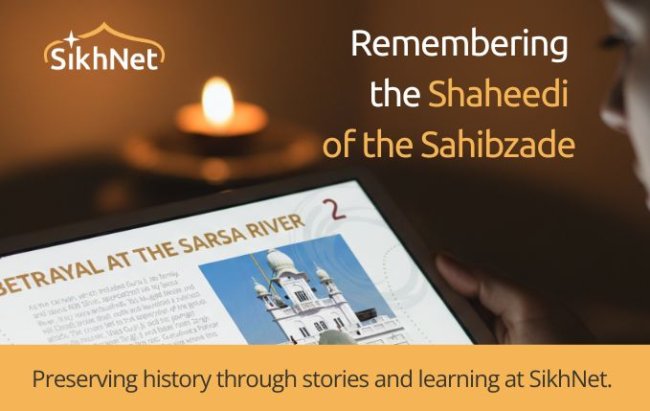1/28/2014: Last year in the Indian city of Chennai, more than half a million people suddenly appeared from out of nowhere. These men, women and children weren’t rural migrants who had just moved to the city. Neither were they incomers from somewhere else in the world. They were slum dwellers who had lived in the city for generations. It’s just that no-one had bothered to notice them.
It wasn’t until a group called Transparent Chennai decided to digitally map the sprawling city’s slums that the local government even realized these half a million impoverished souls existed. Using open source software, Google Maps and good old-fashioned shoe leather, this collective of maptivists set out to draw a brutally honest portrait of their city in the hope of persuading politicians to make decisions that would improve the lives of the urban poor. What they achieved in the past year has already influenced anti-poverty groups across India, but some American academics want to see their ideas implemented across the world. Could this tiny group of social cartographers teach the West a thing or two about running a city?
 |
| Chennai locator map. Map of Chennai city and Chennai metropolitan area, with major roads, railways and water bodies. (Photo credit: Wikipedia) |
“Maps can be very empowering,” said Nithya V. Raman, who founded the Transparent Chennai project after taking a degree in social theory from Harvard and a masters in urban planning from M.I.T. “They pose an incredible opportunity for people to write their own narrative about civic problems, their experiences of the city and their lived realities. They offer a means for the urban poor to represent their case against the official record, which may underreport or completely ignore problems faced by communities in the city of Chennai or any other Indian city.”
Raman’s group is not the first to use maps to help marginalized communities improve their lives. In 1995, Nancy Peluso coined the phrase “counter mapping” to describe a campaign to demarcate indigenous territory in Kalimantan, Indonesia, so that it could be saved from loggers. Cartography has also been used across the developing world to establish rights to property, water, territory and other contested spaces.
In recent years, the roll-out of technology like Open Street Maps has allowed collaborative efforts to take place. These have proved particularly useful in developing countries, where infrastructure is being built at a pace that mapmakers cannot keep up with. Last year in India, for instance, Nokia Here ran a community mapping initiative in India encouraging 1,000 volunteers to use its Map Creator app to add streets, developments and points of interest that were missing from its own maps. The UN has also discussed using crowdsourcing to generate maps during emergencies, so that aid efforts could be channeled to the correct places.
The aims of Transparent Chennai were different from the get-go. Raman’s team aimed to use open-source tools to illustrate the grim living situation in five different slums by transposing a huge amount of data about communal toilets, water supplies or sewerage facilities directly onto street maps. But first, Raman needed volunteers to go out and get the data.
 |
| English: Chennai high court view taken by myself in a Nikon D 200 camera. (Photo credit: Wikipedia) |
Before Transparent Chennai even began collecting this information, it faced a problem. The Indian government is notoriously cagey about handing out public data. It does not allow any public access to visual mapping information which is easily accessed in the US or UK, due to fears that terror groups or nuclear-armed Pakistan could use it to plan attacks. Without any access to official maps, Transparent Chennai had to resort to pen and paper, arming volunteers with printouts from Google Maps and then assigning them each a section of the city to map. The citizens then went around marking up the sheets, which were laboriously loaded into a computer to produce one large map showing the services and basic amenities available to people living in the Chennai slums. It’s quite a piece of work, allowing the user to easily build their own map using datasets gathered by volunteers.
“We mapped entire wards and found that garbage wasn’t being collected, public toilets were broken or unusable and water pipes weren’t working,” Raman said. “We then digitized that data and were able to show it to local councilors, as well as residents.”
In India, Raman continued, there is a tendency to “systematically under-represent” the number of slum dwellers, a fact illustrated by a recent disagreement over whether there were 65 million slum dwellers in India, or 44 million. This confusion isn’t helped by city governments’ policy of dividing slums into recognized and unrecognized categories. If a slum is recognized, it receives basic services, which are then maintained and kept in good repair. Residents are also counted as part of the national population. Unrecognized slums get no help whatsoever and residents live in perpetual fear of eviction, meaning they see no point investing in their own homes and the area around them. In Chennai, no slum has been recognized since 1985.
It is difficult to overstate the importance of facilities like communal toilets or running water in India. The country’s ruling Congress party has recently made a promise to give city dwellers access to good quality utilities most Western countries take for granted in a bid to win more votes. Yet in the corridors of power, it is often to actually visualize the state of services in slums, places few politicians venture into.
What Transparent Chennai found was that politicians reacted much better to maps than they did to reams of impenetrable data presented as charts or graphs. Once councilors could actually see that vast tracts of city didn’t have running water or basic toilet facilities, they were moved to take action. Better still, councilors used these maps when speaking with colleagues in other government departments responsible for different amenities, who were then shocked into action simply by seeing the scale of the problem.
“Our maps were not just used as a tool for the people to push the councilor to take action, but the councilor himself to fortify his claim for more services for a particular area,” Raman added. “We thought of ourselves as exclusively working with residents to address issues experienced by the urban poor, but what we have learned over the last years is that we are able to influence complex set of actors in governments who put pressure on each other to take action.
“Initially, the maps confirmed a story of neglect. But then they served as a basis to challenge that story. In the areas we mapped, we now see water taps and toilets repaired, providing better sanitation than ever before. Garbage is also collected and we even saw the clearance of a huge trash pile which hadn’t been addressed in decades.”
Jo Guldi, an assistant professor of history at Brown University, suggested the West could learn from the example of Transparent Chennai, as well as similar projects taking place throughout the developing world. Two weeks ago, she led a seminar at Stanford University called “Are Crowdsourced Maps the Future of Community Self-Governance? Food, Land, and Water” in which she talked about how activists were using open source digital tech to map rent prices in a city or chart environmental pollution.
She told me that crowdsourced maps could offer an even bigger opportunity to help redesign developed nations, by shaping the way in which infrastructure is planned and built.
“I think there is going to be a big shift in the way these maps are related to conversations in urban planning and civil infrastructure,” she said.
“My conjecture is that the American market is being flooded with maps but we don’t quite know what to do with the information. If government started using maps to collect public opinion and knowledge, suddenly you have a document with the power to produce consensus about how where tax dollars should be used to solve big national infrastructure problems.” The Emergence Of The Connected City O'Reilly Media O'Reilly Media Contributor
It’s easy to think of ways that big business and government could use open source mapping. Next time a state wants to build flood defenses, for instance, it might want to gather up crowdsourced information about which rivers or stretches of coast are overflowing, not only so it can decide where to focus building efforts, but to involve residents in the planning. Maybe a firm is thinking about extending a factory facility. Perhaps it should think about asking residents to report levels of smog and pollution over a set period of time, to avoid any nasty conflicts later on down the line.
“Maps are becoming much more democratic, because they are so easy to use,” Guldi added. “500 years ago, it was only kings who had access to cartographers. Now we can all make our own maps.”
It is Guldi’s contention that we haven’t even begun to properly use open source maps in the West, but she sees this changing. Let’s hope that if we copy the example set in developing nations, that these new maps lead us down uncharted paths.

